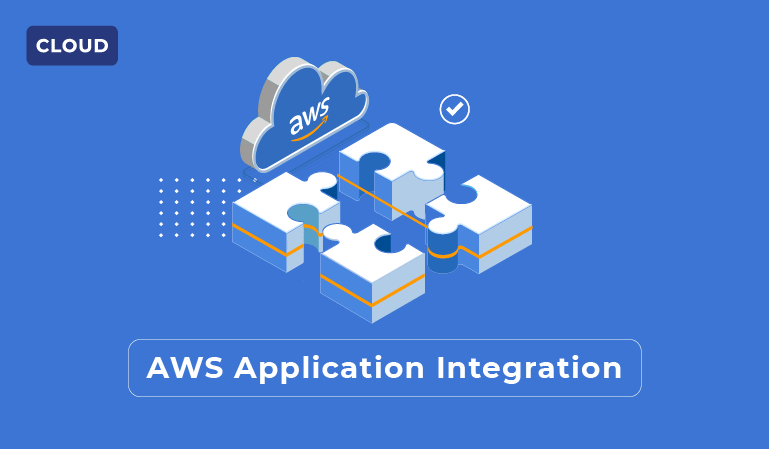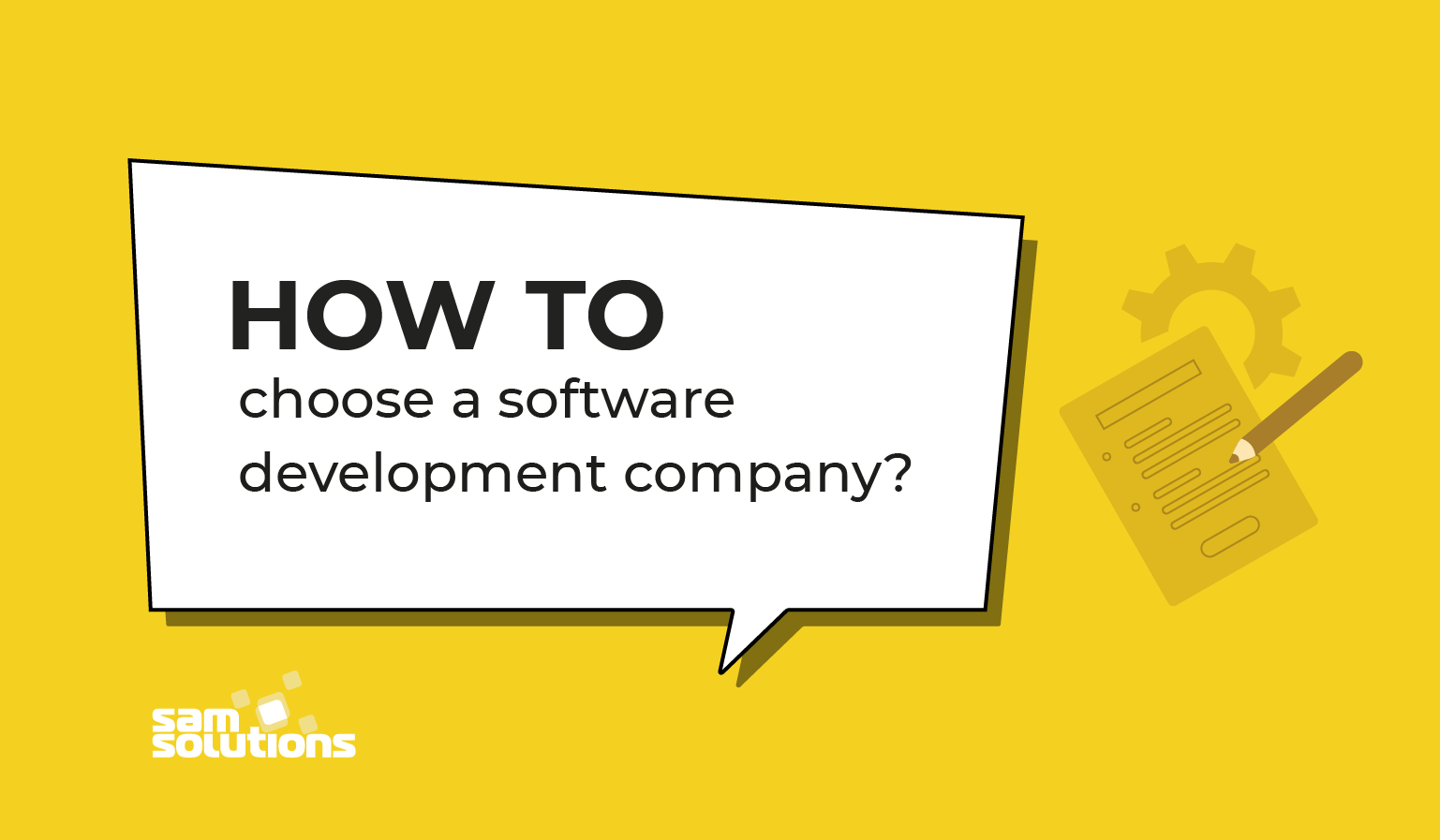
In a perfect world, an organization would be able to accomplish all of its necessary tasks from a single application. In reality, of course, this scenario is very rarely possible. Instead, it is far more realistic for organizations to utilize a broad assortment of applications, running multiple applications simultaneously to achieve various workflows at the same time. However, as the number of applications necessary for daily business grows, this can become a difficult system to manage, and the data generated can quickly grow unwieldy. This is where application integration becomes a necessary Amazon AWS component.
Application integration is the process of addressing a series of applications and systems designed to work separately, and enabling them to work together and share data. Using application integration, organizations find it simpler to maintain and manage all critical applications, keep those applications up to date, avoid redundancy, and avoid data duplication. Building an application integration network allows different applications to communicate with one another, allowing organizations to highlight capabilities, eliminate inefficiencies, and cut costs.
AWS application services integration comes in the form of a suite of integration services that enable communication among decoupled components. It’s possible for these components to occur within distributed systems, microservices, and serverless applications. AWS accomplishes effective application integration via a number of methods:
- API management. This service allows businesses to create and publish APIs, as well as maintain, monitor, and secure them through Amazon API Gateway. Using AWS AppSync, companies can build an API to access, manipulate, and combine a variety of data.
- Event bus. The Amazon EventBridge service provides users with the ability to construct event-driven architecture. Companies can then connect application data from SaaS, AWS services, and even their own apps.
- Messaging, There are a number of messaging opportunities for users using AWS application integration services. These include Amazon Simple Notification Service (SNS), Amazon Simple Queue Service (SQS), and Amazon MQ.
- API integration. Organizations can utilize Amazon AppFlow for codeless API integration, automating data flows between AWS services and SaaS applications.
- Workflows. Using AWS, workflows come in two forms: AWS Step Functions, as well as Amazon Managed Workflows for Apache Airflow (MWAA).
AWS offers users a variety of useful application integration tools, including:
AWS Step Functions
AWS Step Functions is a serverless way to simplify the process of taking multiple AWS services and AWS Lambda functions and sequencing them into business-critical applications. The service uses a visual interface, allowing users to build and run a series of workflows. These workflows help to maintain the application state.
Amazon MQ
Using Amazon MQ, organizations have access to a message broker service for RabbitMQ and Apache ActiveMQ. This service simplifies the set-up and operation of message brokers through AWS.
Amazon SQS
Amazon SQS is AWS’s Simple Queue Service, allowing users to manage message queues— whether they’re working with a distributed system, microservice, or serverless application. Application components can then send and receive messages among one another in staggering volumes.
Amazon SNS
Amazon SNS, also known as Amazon Simple Notification Service, allows businesses to fully manage SMS, email, pub/sub messaging, as well as mobile push notifications. This messaging service allows both application to application and person to application messaging.
Amazon SWF
Amazon SWF is also known as AWS Simple Workflow Service. Using this service, developers can construct, run, and scale certain application background jobs, so long as they have parallel or sequential steps.


